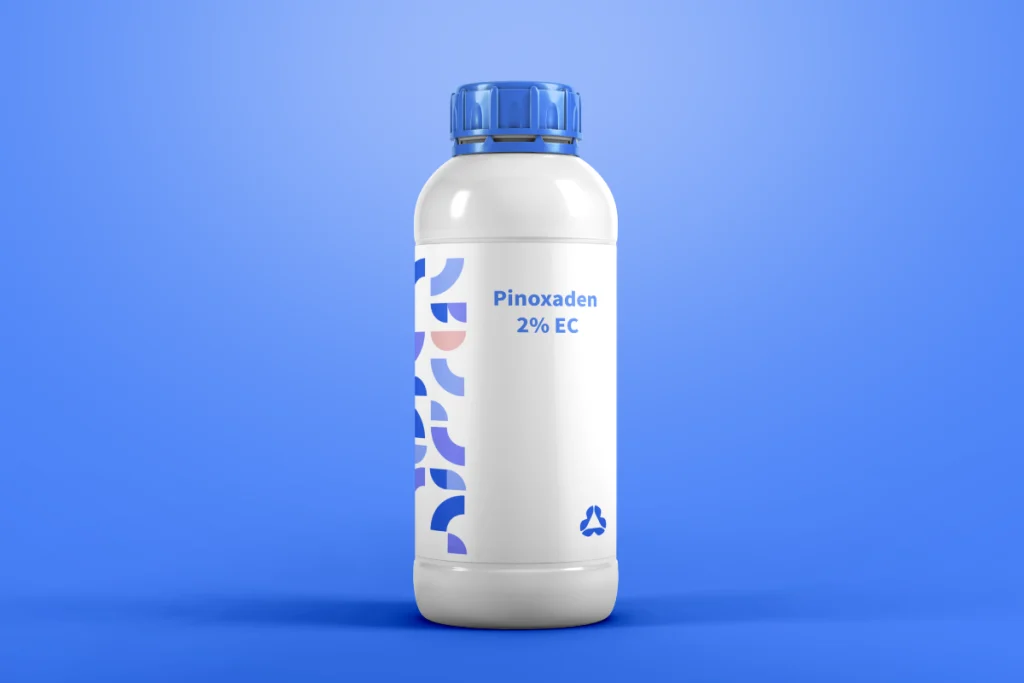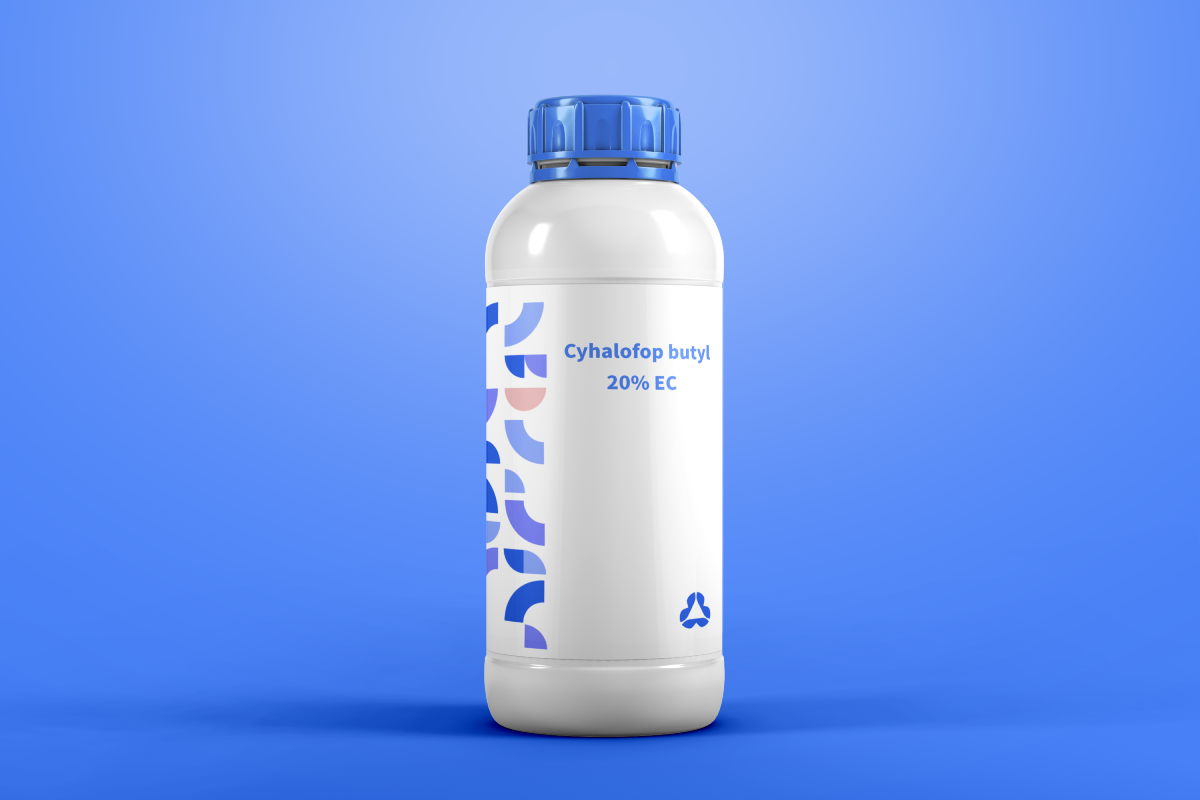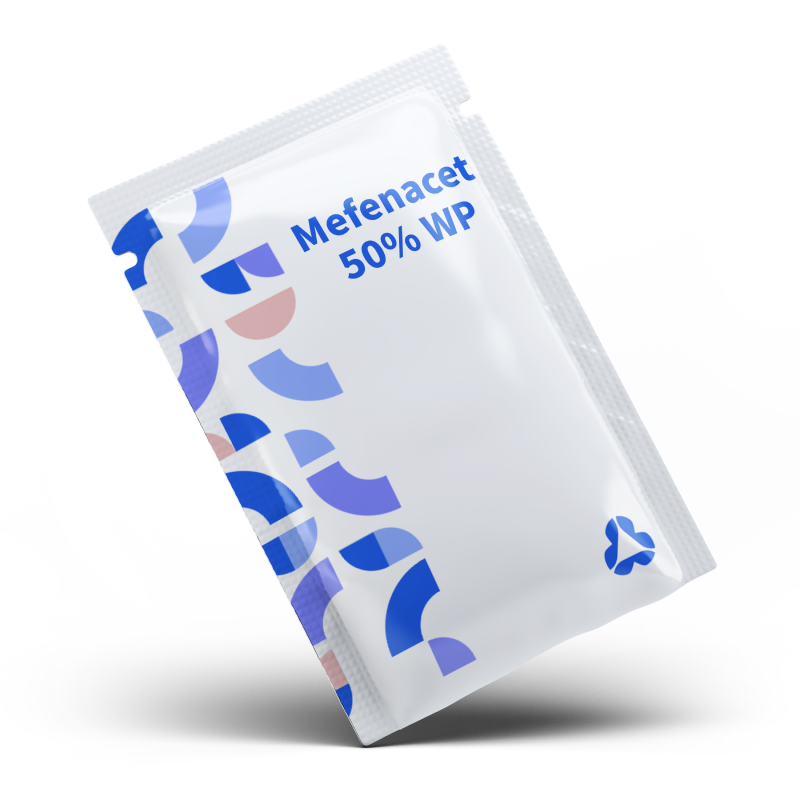Cyhalofop butyl is a selective post-emergence herbicide from the aryloxyphenoxypropionate (AOPP) family, specifically designed to control annual and perennial grassy weeds in rice paddies, wheat, and other cereal crops. As an acetyl-CoA carboxylase (ACCase) inhibitor, it disrupts lipid biosynthesis in grassy weeds while sparing broadleaf crops and rice. Its rapid absorption, systemic action, and safety in flooded conditions make it a cornerstone in rice weed management.

Pinoxaden Herbicide | Selective Post-Emergence Grass Control
Pinoxaden is a selective post-emergence herbicide belonging to the aryloxyphenoxypropionate (AOPP) class, designed to control annual and perennial grassy weeds in wheat, barley, oats, and



